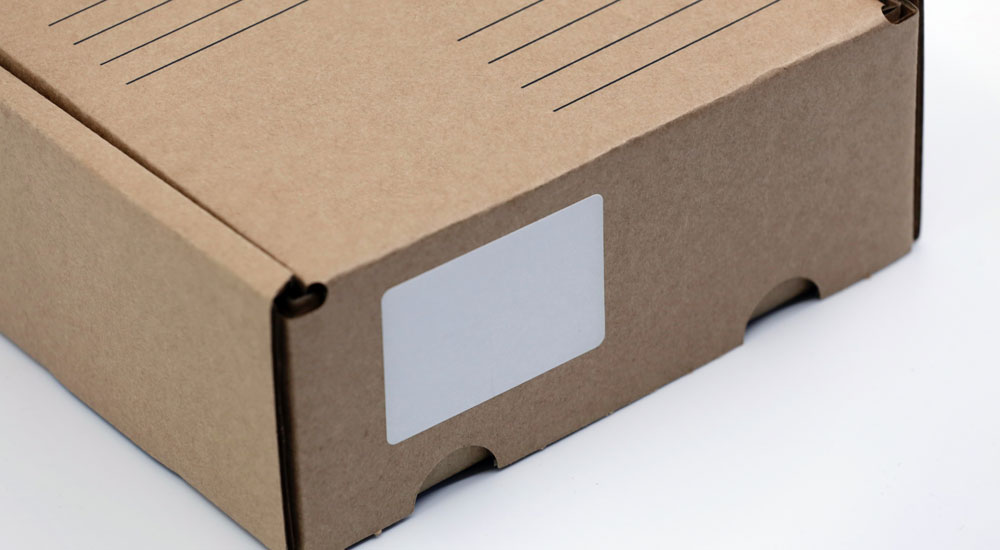Sustainable Packaging Innovations That Are Saving The Planet
The world of sustainable packaging has exploded over the past few years. More and more companies and businesses are looking for ways to cut the tons of waste they create each year simply through their packaging choices.
Multiple projects and innovations are taking place every day, slowly leading us to the point of zero-waste packaging. Here are a few of the most important projects we see in sustainable packaging today.
Why We Need to Get Rid of Plastic
Companies such as Signet are constantly looking for ways to make out services more sustainable, and this is due to the vast amount of plastic and waste that the world currently has. It is common knowledge at this point that plastic is bad for the environment, and the most common ways of disposing of it all do equally or more damage to our world.
What is Sustainable Packaging?
The solution to this problem is creating sustainable packing. Sustainable packaging is an umbrella term that encompasses everything from boxes made of recycled paper to packaging that can be disposed of in a way that doesn’t harm the environment.
You are also exposed to sustainable packaging all the time, such as businesses that use cardboard and paper-based tape for shipping items or grocery stores that have shopping bags that last much longer than regular plastic ones.
3D-Printed Packaging
3D printing has revolutionized everything from the manufacturing process to medicine. Lately, many companies are beginning to use 3D printing to create packing that can be recycled but is also low on waste.
One method being implemented uses plastic, metals, and ceramics to create packaging that is either partially or fully shaped around the product. This creates minimal waste, as there is only enough packaging to protect the product.

Biodegradable Packing Peanuts
Packing peanuts have been a staple in shipping for years. They are lightweight but create a solid barrier that can protect goods of almost any size. However, these peanuts are made from plastic and considering there is an extraordinary amount used every day, they can cause serious damage.
Some companies have created biodegradable packing peanuts that are made from natural materials and waste and are designed to return to that state once they come into contact with water.
Seaweed Packaging
One of the most significant innovations in sustainable packaging in the past few years is seaweed/algae packaging. Scientists have extracted agar, a type of gelatine, from seaweed.
The agar is then dehydrated, turning it into a substance that can be molded and used as packaging. The material can also be treated in a way that gives it a cushion quality that can be used for protected packaged products. Considering the abundance of seaweed and algae, this is the next big thing in sustainable packaging.
Organic Textiles
Using organic textiles as packaging or package protection seems obvious, but it is still a sector that is seeing slow growth. Materials like cotton and hemp are plentiful, and linen is relatively easy to create and source.
Companies have begun experimenting with cotton balls as a packing peanut replacement, linen can be used as an anti-scratch cover or for bags, and hemp is perfect for bundling products together.
Challenges for Sustainable Packaging
While sustainable packaging is clearly what is best for the environment and our planet, there are still a few challenges it needs to overcome before it can be widely adopted and used across all sectors.

Consumer Change
One stumbling block is consumer behavior. If you had to put a non-recycling bottle of a consumer’s favorite drink and a brand new drink they have never heard of but have a recyclable bottle, nine times out of ten, the consumer will pick the product they know and like.
This isn’t because the consumer is against recycling but because they are more drawn to what they know. While this is a tricky and time-consuming process, simply “choosing something new” would be a massive step in the right direction for sustainable packaging.
Government/Brand Change
The next big obstacle is getting governments, and more importantly, businesses, on board. Plastic is cheap and easy to make; while some companies may claim to care for the environment, many care about their profits even more. Therefore, it is crucial to make sustainable materials cheap and as widely accessible as possible if businesses are to get onboard.
Research
Interestingly, developing and creating sustainable packaging is a double-edged sword. While plenty of materials would be perfect for packaging, manipulating them into something cheap and easy to create while remaining environmentally friendly is much harder than you may think.
There could be a plentiful material that is easy to turn into packaging, but it isn’t strong enough to do the job effectively; therefore, you need to add something that gives it strength. However, in trying to achieve this, you make it so strong that it loses its biodegradable qualities.
The point is that there is still a lot of research that needs to be done to find the right combination of materials that can create packaging that is equal to, or better than, plastic but remains environmentally friendly.

Recent Comments